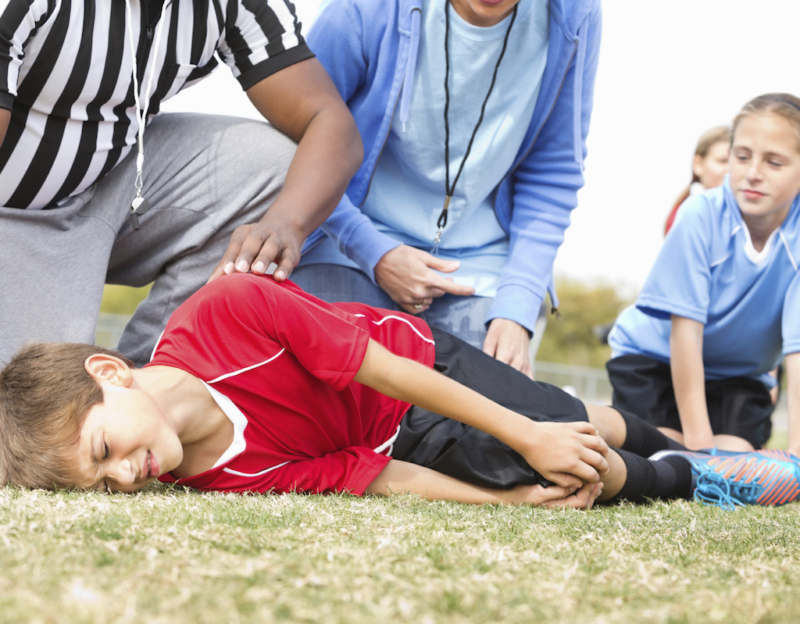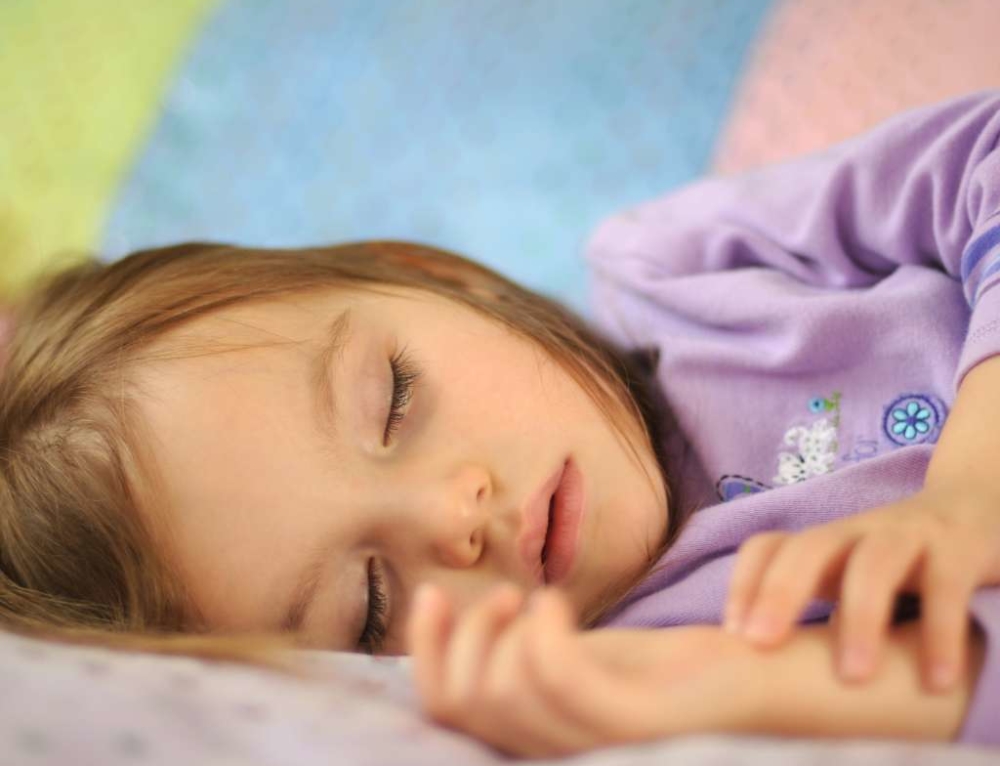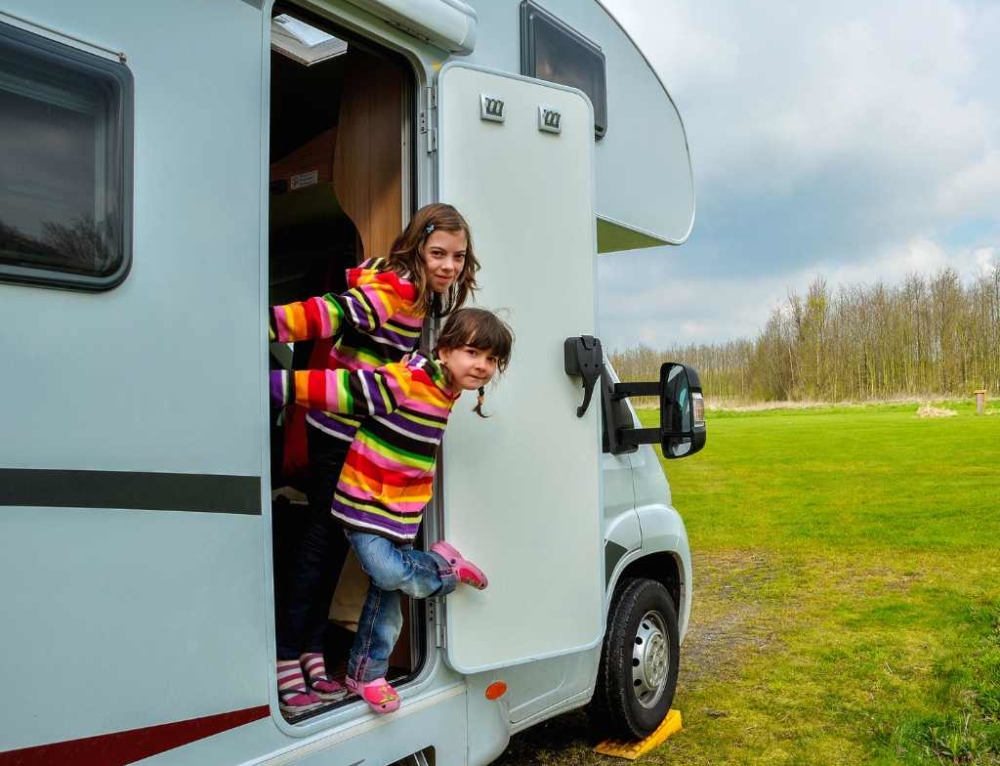Grazes:
- Grazes are also referred to as scrapes, abrasions, and can include ‘carpet burns’ and ‘gravel rash’)
- Grazes damage many nerve endings in the skin and so, while not serious in nature, are quite painful.
- Always ensure that your hands are clean before you treat any open wounds, including grazes.
- Grazes usually don’t bleed profusely and so applying a little pressure with a clean bandage is usually enough.
- Clean the graze with clean water and a little soap. Most grazes contain dirt or gravel, so it’s very important that the injury is cleaned thoroughly to avoid the possibility of infection later.
- If you can’t completely clean the wound, cover it with a non-stick dressing (sticky dressings will pull off the scab that forms as it heals when you remove the dressing later).
- If you can clean the wound thoroughly, you can leave it uncovered – although it may sensitive for the first 24 hours.
- Avoid removing the scab once it has formed – despite its appearance, this is a sterile layer that protects the wound while it heals. Picking it off will increase the chance s of infection.
- A graze will usually heal quickest if it is left open to the air – although covering it is wise if it’s likely your child may knock it and or pick it.
- Itchiness around the sight of a wound is a good sign – this means that it is healing well.
Bruises:
- Bruises are a result of bleeding under the skin from broken blood vessels.
- Bruising is usually caused when the skin, fat layer and muscles are damaged by being hit or squeezed.
- The pain associated to bruising is caused by damage to nerve endings, and the blood leaking into surrounding tissue.
How to help minimise bruising:
To minimise further bleeding and swelling, follow the R.I.C.E steps immediately after the injury:
R Rest the injured part
I Ice or cold pack on the bruise.
C Compression bandaging. Wrap a bandage firmly around the area.
E Elevate the injured part.
- Don’t apply heat for at least 24 hours as this can make bruising worse as a result of dilation of the blood vessels which may cause blood to ooze once more.
- After a couple of days, gentle massage and heat may help reduce the swelling, but avoid anything that is painful.
Cuts:
- Cuts generally go through deeper tissue which can result in more profuse bleeding as a result of damage to larger blood vessels. Cuts to the head and the extremities (fingers and toes) are particularly bloody.
- Apply pressure with a clean cloth or bandage (or your finger if a cloth isn’t available) to control the bleeding. If you are applying pressure to another person’s wound, you should use gloves, if possible, to protect your hands from their blood.
- Control bleeding by raising the wound to slow the blood flow.
- Don’t control bleeding by using a tourniquet (a tight bandage which stops blood flow to an area) because this can do more damage.
- If the blood is spurting out (which may mean that you’ve cut into an artery) or if you can’t control heavy bleeding within a few minutes, continue to apply pressure and get medical help immediately.
- If you have controlled the bleeding but the cuts is gaping, it will be difficult for it to heal well and without a large scar. Gaping cuts often need stitches or special dressing to heal well – although cuts to the scalp of knees are often left because the skin is too tight there to stitch or hold together.
Get medical advice for a cut if:
- The cut is unclean
- The cut is large – anything bigger than 1 cm should be seen by a doctor
- The cut is gaping
- You have trouble controlling the bleeding
- The position of the cut may cause a noticeable scar – on the face or neck
- You don’t know what to do
Common Sense Advice. Share your experiences, tips and advice on the Kidspot Forum.
This article was written by Ella Walsh for Kidspot. Sources include SA Government’s Parenting and Child Health







Leave A Comment
You must be logged in to post a comment.